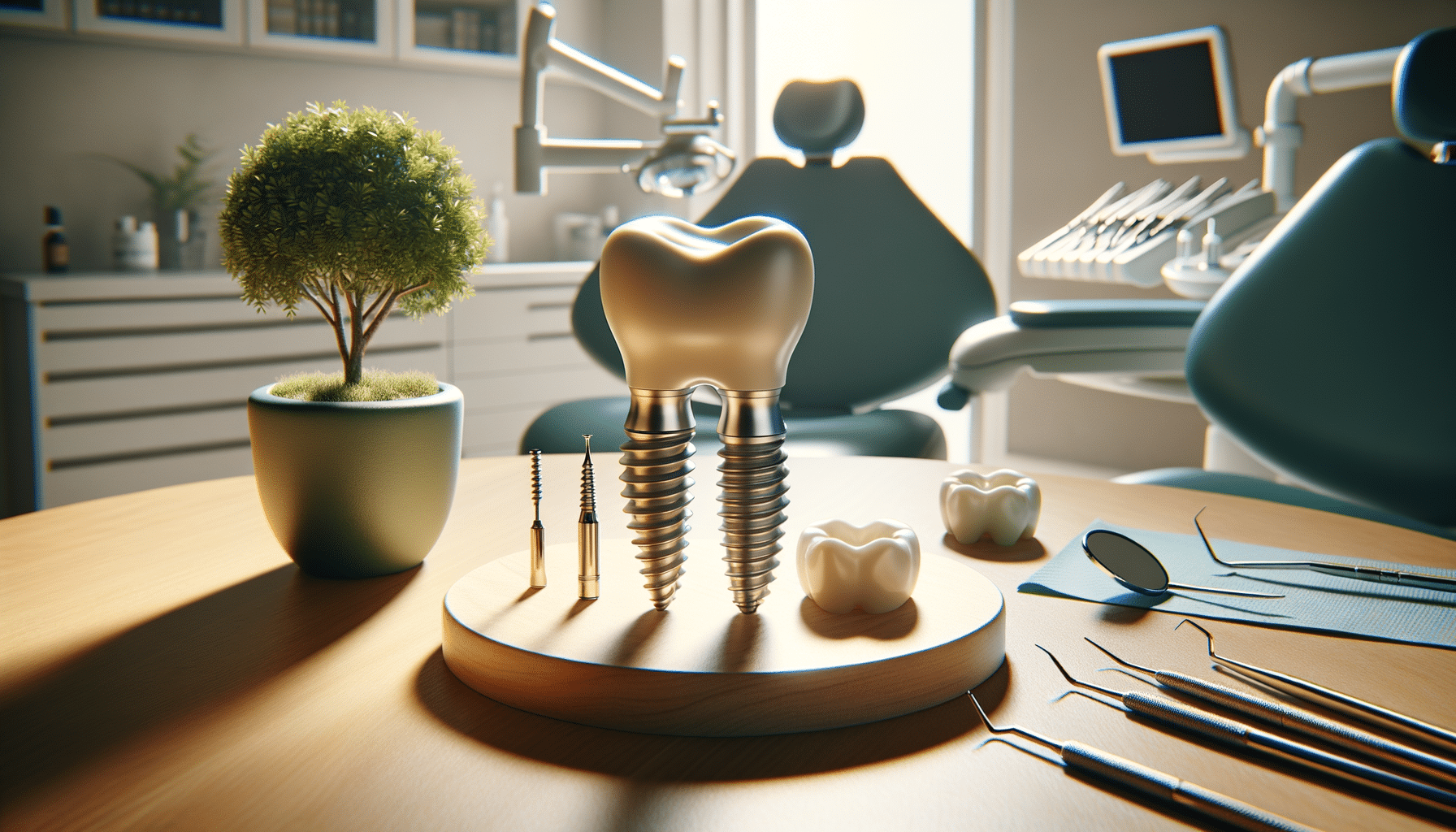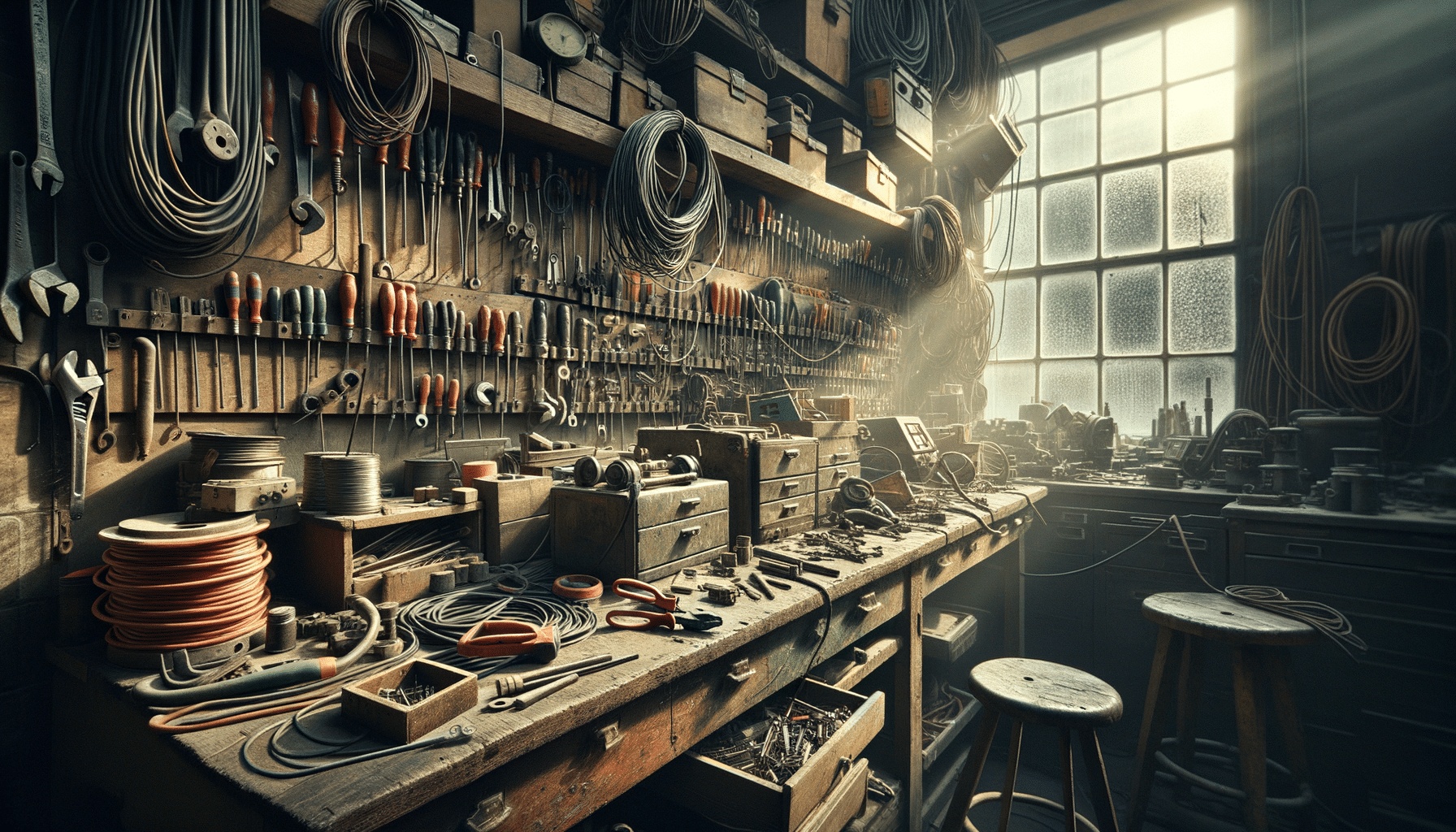
Screwless Dental Implants: A Revolutionary Approach to Oral Health
Introduction to Screwless Dental Implants
Dental implants have long been a cornerstone in restorative dentistry, offering a solution for missing teeth that is both functional and aesthetically pleasing. Traditionally, these implants have relied on screws to secure the implant to the jawbone. However, the advent of screwless dental implants has introduced a new era in dental restoration, promising several advantages over their screw-based counterparts.
Screwless dental implants are designed to eliminate the complications associated with screws, such as loosening or fracture. By using a press-fit or other innovative anchoring methods, these implants aim to provide a more stable and reliable solution for patients. This groundbreaking approach not only enhances the durability of the implants but also simplifies the surgical procedure, potentially reducing recovery time and improving patient comfort.
In this article, we will explore the mechanics behind screwless dental implants, compare them with traditional options, and discuss their impact on dental implant costs.
The Mechanics of Screwless Dental Implants
Unlike traditional dental implants that rely on screws, screwless dental implants use alternative methods to anchor into the jawbone. One common technique involves a press-fit method, where the implant is gently tapped into place, creating a snug fit that holds the implant securely. This method reduces the risk of micro-movements, which can lead to implant failure over time.
The design of screwless implants often includes specialized surfaces that promote osseointegration, the process by which the implant fuses with the bone. This integration is crucial for the stability and longevity of the implant. Additionally, the absence of screws means there are fewer components that can fail, making the overall structure more robust.
For patients, the benefits are clear: reduced surgical complexity and a potentially quicker recovery time. The design of screwless implants also minimizes the risk of infection, as there are no screw channels that can harbor bacteria. This innovative approach not only enhances the patient experience but also aligns with the growing demand for minimally invasive medical procedures.
Comparing Costs and Benefits
When considering dental implant options, cost is a significant factor for many patients. Traditional implants often involve higher costs due to the complexity of the procedure and the potential for additional treatments if complications arise. Screwless dental implants, on the other hand, may offer a more cost-effective solution in the long run.
The initial cost of screwless implants can vary depending on several factors, including the specific design and materials used. However, the potential for lower maintenance costs and reduced risk of complications can make them an attractive option. Patients may find that the overall dental implants cost per tooth is more manageable with screwless options, as fewer follow-up procedures are typically required.
Moreover, the streamlined surgical procedure associated with screwless implants can reduce the time spent in the dental chair, which is a significant consideration for both patients and practitioners. This efficiency not only benefits the patient’s schedule but can also reduce the overall cost of the procedure.
In summary, while the screwless implant cost may initially seem comparable to traditional options, the long-term savings and benefits can make them a worthwhile investment for those seeking durable and reliable dental restoration solutions.


